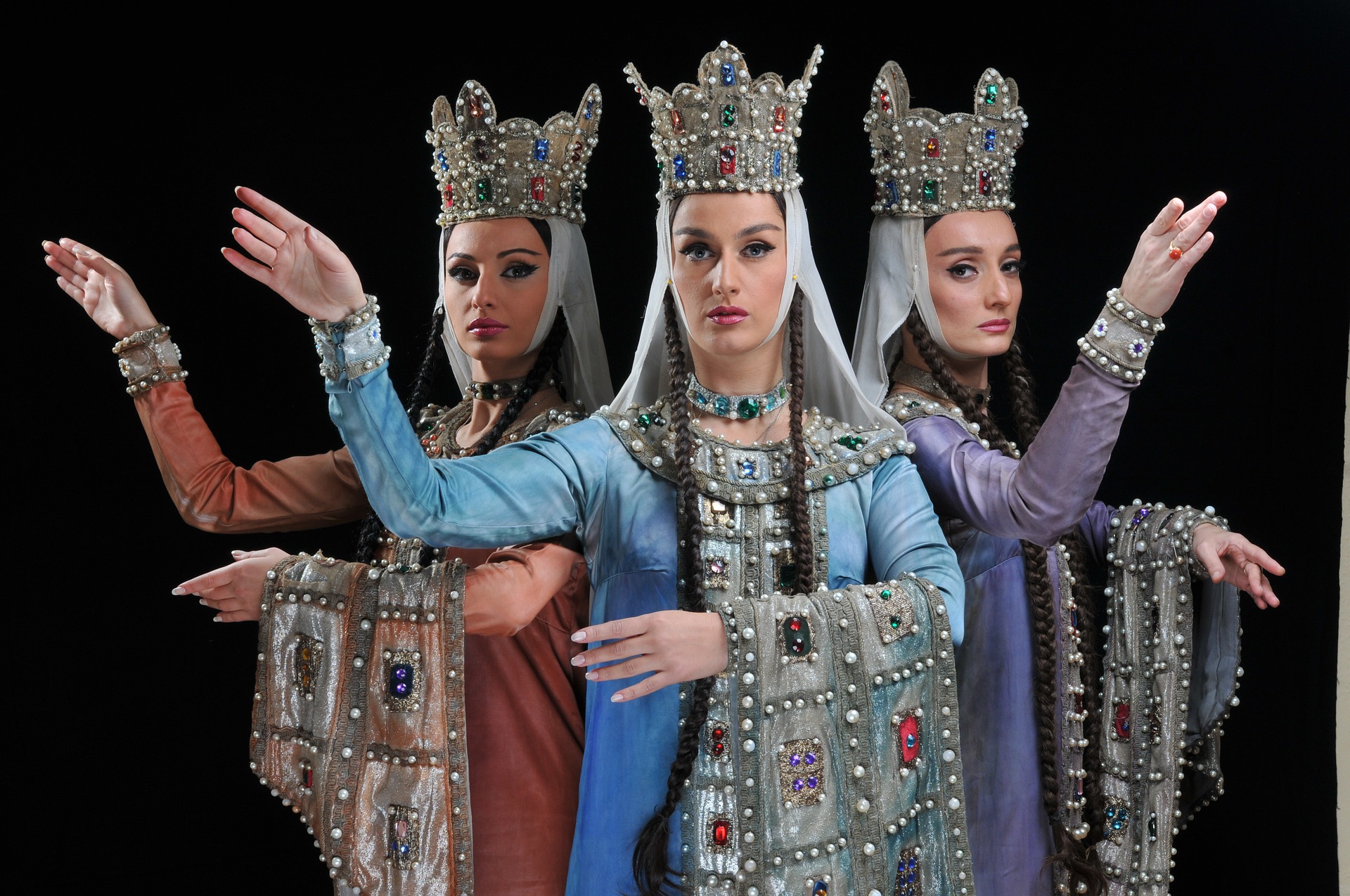The Culture of Georgia
Georgia is a land of ancient and rich culture. For centuries the people of Georgia has preserved and developed the culture, despite thousands of war and conquest, which is confirmed by the ancient artifacts of culture and art belonging to the period of Kolkhida and Iberian kingdom. Georgian folklore music and dances are very rich, related to the old traditions of different regions of the country, as well as the unique national culture and a strong literary tradition based on the Georgian language and alphabet. All of this has provided a strong sense of national identity, among Georgian people.
Literature
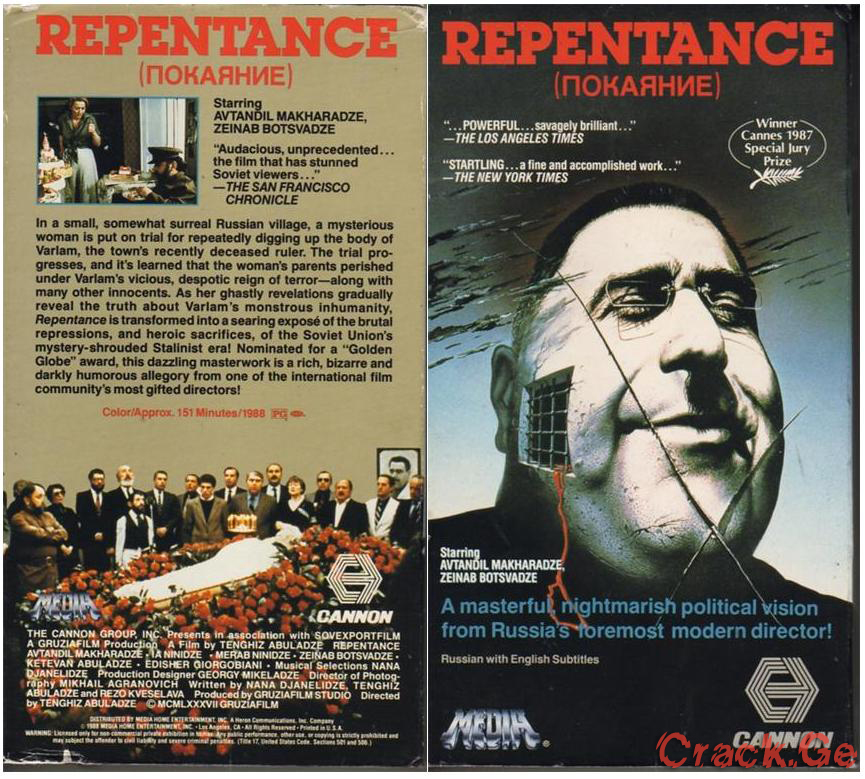 Scientists suppose that written language in Georgia was originated in the period of the reign of the King of Kartli, Parnavaz (3-4 ss BC), but the origins of Georgian literature date to the 4th century A.C, when the Georgian people were converted to Christianity. The oldest written monument is – “The Torture of Shushanik” – by Iakob Curtaveli (4 A.C), related to Hagiography.The XII century was the period of renaissance of the Georgian culture. In this period was written the Georgian national epic poem “The Knight in the Panther’s Skin”. The author of this masterpiece is Shota Rustaveli, 12th-century Georgian poet and one of the greatest contributors to Georgian secular literature. The most significant contribution to the literary heritage of Georgia was also made by Sulkhan-Saba Orbeliani (1658-1725), was a Georgian writer and diplomat; he is the author of a collection of fables and parables, “Wisdom of Fancy”.
Scientists suppose that written language in Georgia was originated in the period of the reign of the King of Kartli, Parnavaz (3-4 ss BC), but the origins of Georgian literature date to the 4th century A.C, when the Georgian people were converted to Christianity. The oldest written monument is – “The Torture of Shushanik” – by Iakob Curtaveli (4 A.C), related to Hagiography.The XII century was the period of renaissance of the Georgian culture. In this period was written the Georgian national epic poem “The Knight in the Panther’s Skin”. The author of this masterpiece is Shota Rustaveli, 12th-century Georgian poet and one of the greatest contributors to Georgian secular literature. The most significant contribution to the literary heritage of Georgia was also made by Sulkhan-Saba Orbeliani (1658-1725), was a Georgian writer and diplomat; he is the author of a collection of fables and parables, “Wisdom of Fancy”.
The second era of zenith of modern Georgian literature began to develop during the 19-20th century. The most important place in Georgian literature occupies, Ilia Chavchavadze, georgian poet, writer, publicist, 1861—1907 national liberation movement leader. All his life he fought for the independence of Georgian culture and due to the political views he was killed by Bolsheviks in 1907. Later Ilia Chavchavadze was canonized as Saint Ilia the Righteous, by the Georgian Orthodox Church. His most important literary works were: ‘’The Hermit’’, ‘’Happy Nation’’, ‘’Latters of a Traveller’’ and „Is a man a human?!”
 The founder of modern Georgian poetry was Galaktion Tabidze (1892 –1959). Despite the great popularity and worship, poet’s life has passed in spiritual loneliness, as it is revealed in his poems, giving a new life to poetry and a different rhythm and originality. Most of his writings were impregnated with themes of isolation, loneliness – “Without Love” (1913), “I and the Night” (1913), “Azure Horses” (1915), and “The Wind Blows” (1924).
The founder of modern Georgian poetry was Galaktion Tabidze (1892 –1959). Despite the great popularity and worship, poet’s life has passed in spiritual loneliness, as it is revealed in his poems, giving a new life to poetry and a different rhythm and originality. Most of his writings were impregnated with themes of isolation, loneliness – “Without Love” (1913), “I and the Night” (1913), “Azure Horses” (1915), and “The Wind Blows” (1924).
Most writers of Georgia of 19th centuries Alexander Kazbegi and Akaki Tsereteli, in their masterpieces tried to display the Georgian life, culture, and current political and social problems and issues. Also it is significant for Georgian literature, Novels of Nodar Dumbadze, the great Georgian writer of 20th century, which are filled with the folk humor. Works of Dumbadze “Me, Grandma, Iliko and Ilarioni”, “The White Banners”, “The Law of Eternity” were published in 94 languages.
Architecture
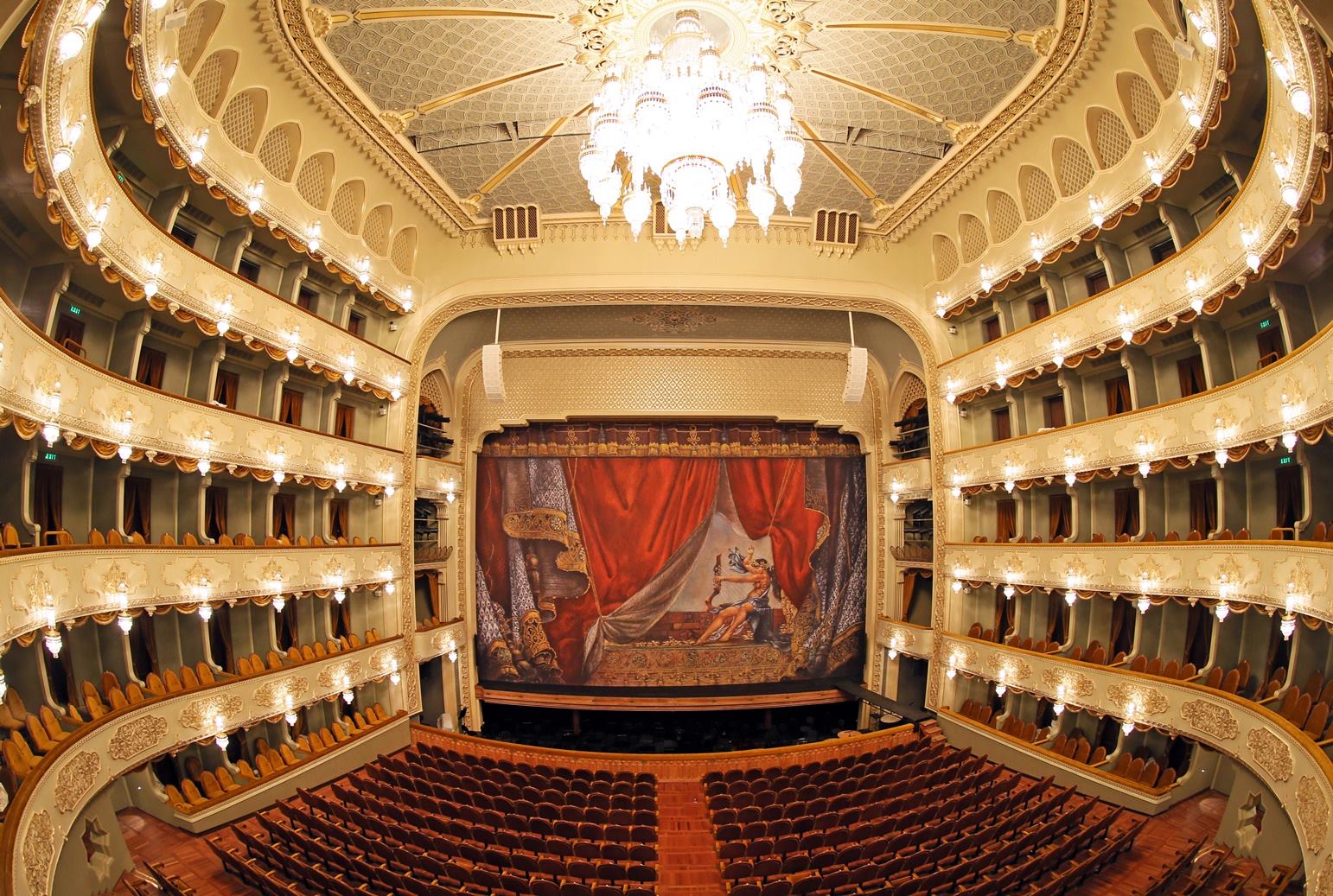 Georgian architecture changed and transformed over the time according to the different historical periods. The origin of Georgian architecture dates back to ancient times, that are directly related to the construction of the ancient Christian temples. Main feature of the old Georgian architectural tradition is manifested in the central-dome system of churches, which is depicted in the old historical and religious monuments. One of the masterpieces and the best example of medieval Georgian architecture can be considered the Cathedral of Svetitskhoveli (1010-1029), situated in the central part of the ancient city of Mtskheta.
Georgian architecture changed and transformed over the time according to the different historical periods. The origin of Georgian architecture dates back to ancient times, that are directly related to the construction of the ancient Christian temples. Main feature of the old Georgian architectural tradition is manifested in the central-dome system of churches, which is depicted in the old historical and religious monuments. One of the masterpieces and the best example of medieval Georgian architecture can be considered the Cathedral of Svetitskhoveli (1010-1029), situated in the central part of the ancient city of Mtskheta.
Georgian architecture is marked by diversity and peculiarities. All the regions of Georgia had their architectural styles and the dwelling houses differed from each other according to the part of the country. In Svaneti dominate towers- houses of stone and slate, primarily used as defensive structures. Most of these towers are 20-25 m tall and have four or five floors. On the highest floor there was usually a platform for air attack during invasions.
Tbilisi is famous for its traditional architecture, which is a mixture of Asian and European culture. In the old Area of the city there is traditional Georgian architectural look of Middle Eastern, 2-3 storey houses with wooden and colorful balconies. The later period Buildings of Tbilisi are built up in European/Russian style in 19th century (Rustaveli Avenue, Vera district, etc.), however we encounter the oriental building style. Sometimes there is a fusion of Eastern and European architecture in one building. For example the building of opera constructed under the guidance of Italian architect Giovanni Scudieri, in 1851.
From 2004 in Georgia begins new era of modern architecture of glass-and-steel structures. One of the examples of modern architecture is the official residence of president of Georgia and the Peace Bridge built by Italian architect, Michelle de Lukki. It’s a unique glass bridge situated above river Mtkvari, which connects two sides of the city. From one side it’s the old architecture, from the other it is a modern city.
Painting and Sculpture
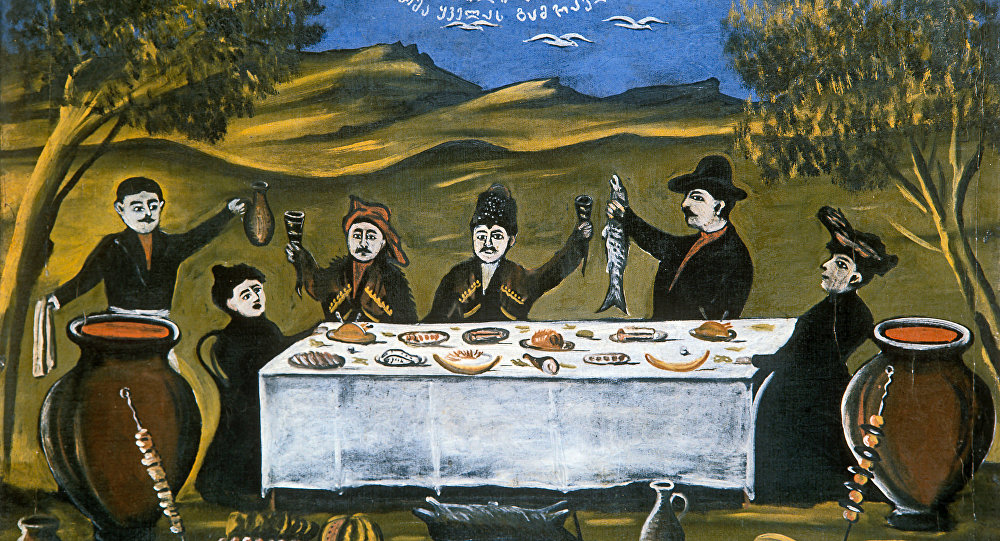 Painting and sculpture have a long history in Georgia. Early examples of painting in Georgia are frescos (from 4-5th till now), associated with early adoption of Christianity. The best examples of Georgian wall painting, you can see in Svetitskhoveli cathedral, Gelati, Davidgareji cave monastery, Ateni Sioni church, Betania, Kintsvisi etc.
Painting and sculpture have a long history in Georgia. Early examples of painting in Georgia are frescos (from 4-5th till now), associated with early adoption of Christianity. The best examples of Georgian wall painting, you can see in Svetitskhoveli cathedral, Gelati, Davidgareji cave monastery, Ateni Sioni church, Betania, Kintsvisi etc.
Georgia also has great painters of the later period. Niko Pirosmani (1862― 1918 ), a Georgian primitivist self-taught painter. His themes are often included scenes of Georgian villages, portraits and animalistic genre. The images of animals had symbolic and moral character. His outstanding paintings are – “The deer”, “The giraffe”, “White Bear” etc. Lado Gudiashvili (1896 -1980) – Painter, graphic artist, fresco painter, stage and costume designer, book illustrator. Lado Gudiashvili is one of the founders of “Association of Georgian Painters”. Gudiashvili lived in Paris for 5 years from 1920 until 1925, where he was a regular visitor of “La Ruche”. Gudiashvili freely used mythological allegories and the traditions of old Caucasian and Persian art.
One of the famous Georgian sculptors is Merab Berdzenishvili. His works are remarkable for its form-dynamism, expressive plasticity, and dramatic character. The main works: “Rustaveli” (bronze, 1966, Moscow), The Giorgi Saakadze statue (Tbilisi, 1971) etc.
Music
 The folk music of Georgia consists of at least fifteen regional styles, characterized by rich vocal polyphony. Georgian professional music is based on a rich and ancient musical folklore that played a large role in the development of the Georgian Orthodox polyphonic music. There are three types of polyphony in Georgia: complex polyphony, which is common in Svaneti; polyphonic dialogue over a bass background, prevalent in the Kakheti region in Eastern Georgia; and contrasted polyphony with three partially improvised sung parts, characteristic of western Georgia. In 2011 the UNESCO recognized Georgian Polyphonic Song as a Unesco-Sanctioned Masterpiece of Intangible Heritage.
The folk music of Georgia consists of at least fifteen regional styles, characterized by rich vocal polyphony. Georgian professional music is based on a rich and ancient musical folklore that played a large role in the development of the Georgian Orthodox polyphonic music. There are three types of polyphony in Georgia: complex polyphony, which is common in Svaneti; polyphonic dialogue over a bass background, prevalent in the Kakheti region in Eastern Georgia; and contrasted polyphony with three partially improvised sung parts, characteristic of western Georgia. In 2011 the UNESCO recognized Georgian Polyphonic Song as a Unesco-Sanctioned Masterpiece of Intangible Heritage.
Georgian national composing school was established on the eve of the 19-20th, merging European musical language with the elements of Georgian traditional harmony and polyphony. The greatest representatives of this school were, Z. Paliashvili, M. Balanchivadze, Dimitry Arakishvili, N. Sulkhanishvili. Paliashvili composed works for symphony orchestra. His major works are the operas Abesalom da Eteri (premiered 1919, based on a folk tale “Eteriani”), Daisi (Twilight 1923), and Latavra (1927).
Georgians are also renowned for their love of dance. There are many Georgian folk dances which are performed for a number of reasons: Kartuli, Khorumi, Kintouri, Khevsuruli etc. Each dance has a different costume originating from the different regions of a country. Georgian dance first was choreographed by the first National Ballet Ensemble of Sukhishvili.
Cinema
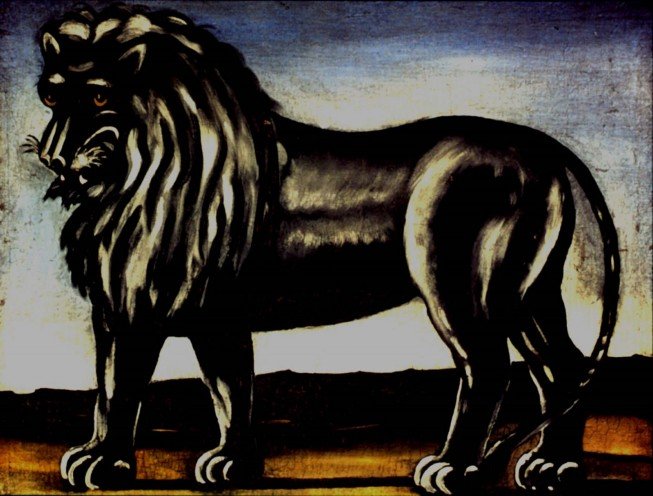 The Georgian cinema began in the early 20th. 1908 is the Georgian cinema birth date, when the directors Dighmelov and Amashukeli experimented with little short films in a very amateurish format. Four years later, the first documentary Akaki’s Trip was released by the filmmaker Amashukeli. The specialists of European and Georgian cinema agree that the finals of 50s until 80s, Georgian cinema shined for its great directors and for the quality of actors. Along those golden years were produced an average of 60 movies per year.
The Georgian cinema began in the early 20th. 1908 is the Georgian cinema birth date, when the directors Dighmelov and Amashukeli experimented with little short films in a very amateurish format. Four years later, the first documentary Akaki’s Trip was released by the filmmaker Amashukeli. The specialists of European and Georgian cinema agree that the finals of 50s until 80s, Georgian cinema shined for its great directors and for the quality of actors. Along those golden years were produced an average of 60 movies per year.
Talented filmmakers made impressive achievements. Among them Tengiz Abuladze and Rezo Chkheidze produced Magdanas Lurja, a masterpiece honored with the Golden Palm in Cannes and the First Prize in Edinburgh Film Festival, both prizes in 1956. Among Georgian film directors there is Sergei Parajanov, a Georgian-Armenian film director and artist from the Soviet Union who made significant contributions to Ukrainian, Armenian and Georgian cinema. After directing Shadows of Forgotten Ancestors (renamed Wild Horses of Fire for most foreign distributions) Parajanov became something of an international celebrity and simultaneously a target of attacks from the current system.
Performance Arts
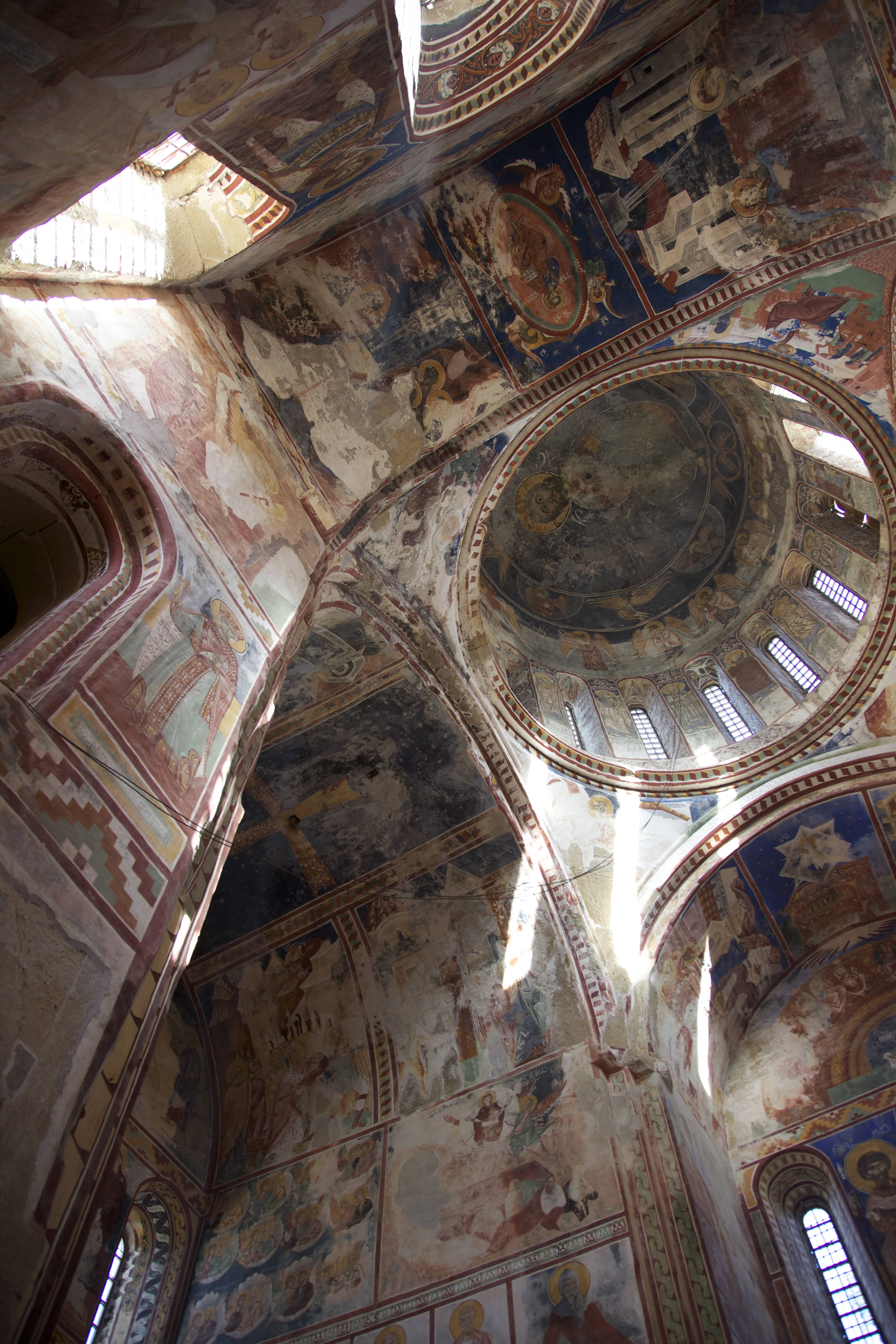 The Georgian theatrical life of the 21st century is very colorful, including opera, ballet and drama.
The Georgian theatrical life of the 21st century is very colorful, including opera, ballet and drama.
There are 41 theatres in Georgia of which 15 are situated in Tbilisi. Georgia was always famous in Europe by its culture and world known artists as: Robert Sturua stage – director, Mikhail Tumanishvili – stage director, Gia Kancheli – composer, Gogi Aleksi-Meskhishvili – stage designer, Paata Bourchuladze, Zurab Sotkilava, Badri Maisuradze – opera singers, Liana Isakadze – musician, Dato Evgenidze – performer and composer and many others.
Rustaveli National Theatre is the largest and one of the oldest theaters of Georgia, located in Tbilisi on Rustaveli Avenue. Since 1921 the theater has carried the name of Georgia’s national poet Shota Rustaveli. Marjanishvili State Academic Drama Theatre is the second state theatre in Tbilisi. Originally founded in Kutaisi in 1928 by Kote Marjanishvili.
The International Festival of theatre in Tbilisi, runs every year by the end of September, and is one of the major events in International life of Georgia, attracting attention of the most well-known, creative, provocative and innovative theater productions from the world, a meeting point of Europe and Asia. The Festival is founded by Tbilisi Municipality, in 2009.
The foundation of the Tbilisi State Academic Theatre of Opera and Ballet was the consequence of the political and cultural processes in the country after its annexation by the Russian Empire in 1801. The Chief Governor of the Caucasus and diplomat Mikhail Vorontsov, established many cultural enterprises. Amongst the most important was introduction of interest in opera. The first opera performance was on 20 September 1845. The symphony orchestra of the theatre consists of the performers of the highest level of professional excellence. The orchestra regularly gives concerts of symphonic and vocal-symphonic music in the Opera house.

